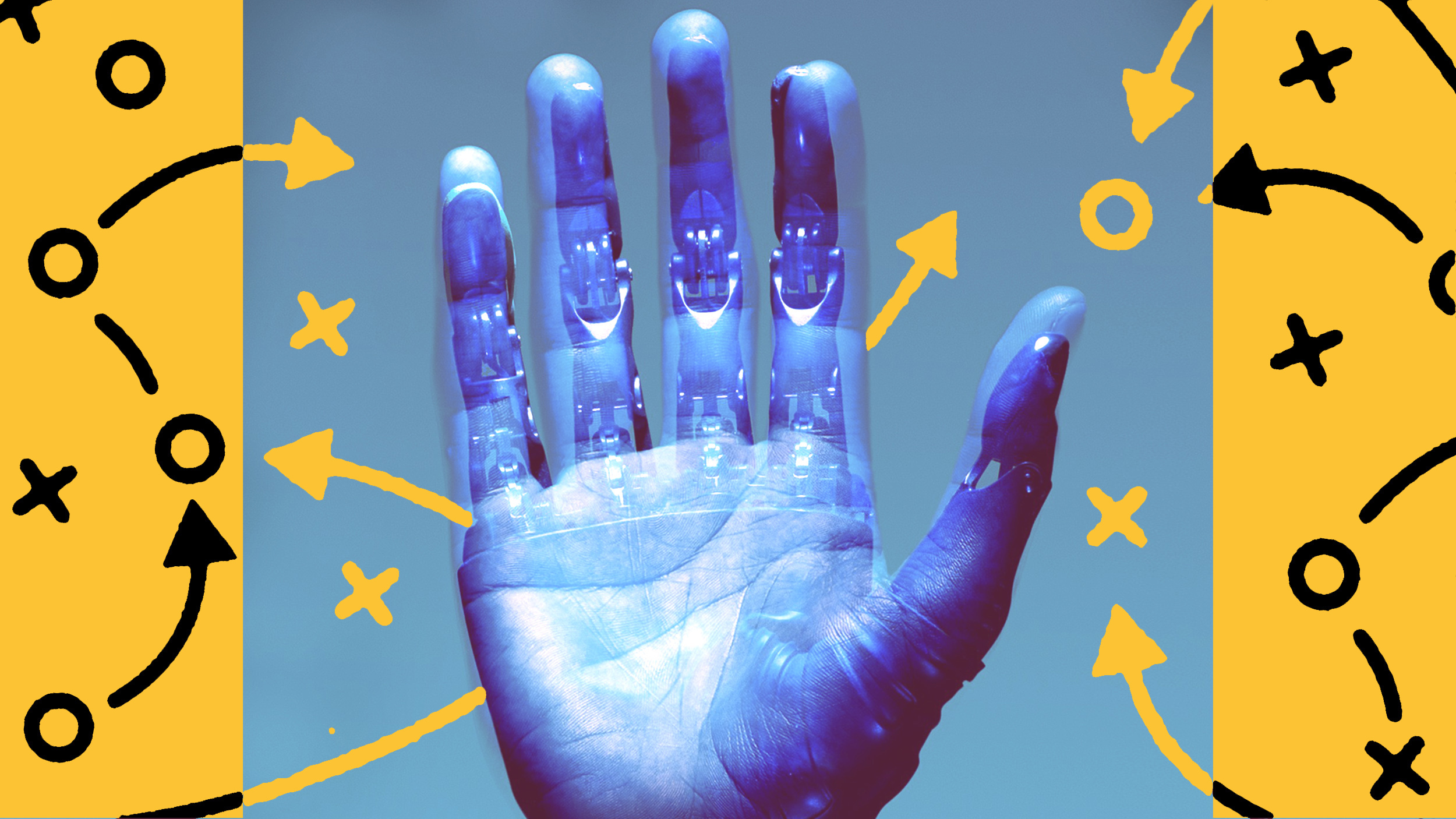How LinkedIn uses personalized learning to boost company IQ

As Chief Learning Officer at Degreed and former Chief Learning Officer at LinkedIn, Kelly Palmer has thought a lot about architecting effective learning environments for employees seeking to grow their skills and careers while they’re at work. In two Lessons Learned from LinkedIn videos for Big Think+, “How to Create an Amazing Learning Environment in Theory” and “How to Create an Amazing Learning Environment in Practice,” she explains how doing this well requires a fresh way of thinking, and shares some successful methods incorporated in LinkedIn’s employee education program, LinkedIn Learning.
In theory
The traditional model for learning is largely a one-way street: Someone delivers a lengthy lecture, and students listen and hopefully absorb what’s been conveyed. Eventually, students are tested and given grades, but both of those things occur after learning has supposedly happened. Palmer says this learning model doesn’t address the way in which we receive and process information these days, and, unfortunately, many companies remain stuck in this now-obsolete approach.
What’s changed in recent years is that each of us is bombarded with information all day long. These are not quiet intervals set aside to learning — it’s constant, it’s continual, and can be overwhelming. An optimally effective teaching approach must recognize and make sense within this very different everyday reality.
“People want to learn when they have a real problem to solve,” says Palmer, and a better approach, she says, is informal learning that allows people to easily and quickly access just the information they need, when they need it. It’s convenient, the information conveyed is concise and to the point, and best of all, the learner is able to apply it immediately as a solution, so it’s more readily retained. This is really the way we learn all day, every day. (Big Think+’s compact videos are designed to fit right into this modality.)
Informal learning turns traditional pedagogy on its head. For example, instead of presenting a lecture, Palmer suggests, why not get a group of people together to learn something new and try it out with each other?
In practice
Palmer offers some examples of ways in which LinkedIn has invested in an informal learning approach.
“At LinkedIn we think about helping our employees transform the trajectory of their careers while they’re at LinkedIn and beyond,” says Palmer. To that end, the company offers something called a “Transformation Plan” that encourages each employee to think about the future they want in depth through a series of thought-provoking questions. With a clearer roadmap in hand, they can then match available learning assets with the skills they need to acquire.
LinkedIn’s vehicle for informal learning is its Lynda.com platform, an online library of video courses that teach a broad range of skills from administration to programming to design and beyond. Because courses are split into chapters says Palmer, “you can actually go in and say, ‘Ok, this is the topic I’m interested in,’ and … watch just that piece of it, and then go apply that knowledge. That’s powerful.”
Another example of putting into practice an informal learning structure that Palmer shares is LinkedIn’s week-long Conscious Business program. Its goal is teaching and strengthening the company’s culture, helping employees “walk the walk on our culture and values every day.” Courses are presented to a cohort in MOOC form — short for “Massive Open Online Courses” — followed by each person going back to work and putting the course into practice. A discussion group is set up online where everyone can share their experiences, and at the end of the week the cohort gets together in person with a facilitator to discuss, sort through, and distill the lessons learned. “What’s so cool about this,” says Palmer, “is that it’s pedagogically sound and it’s also a great way to apply those skills on the job, but it’s very little in-person time for people.”




